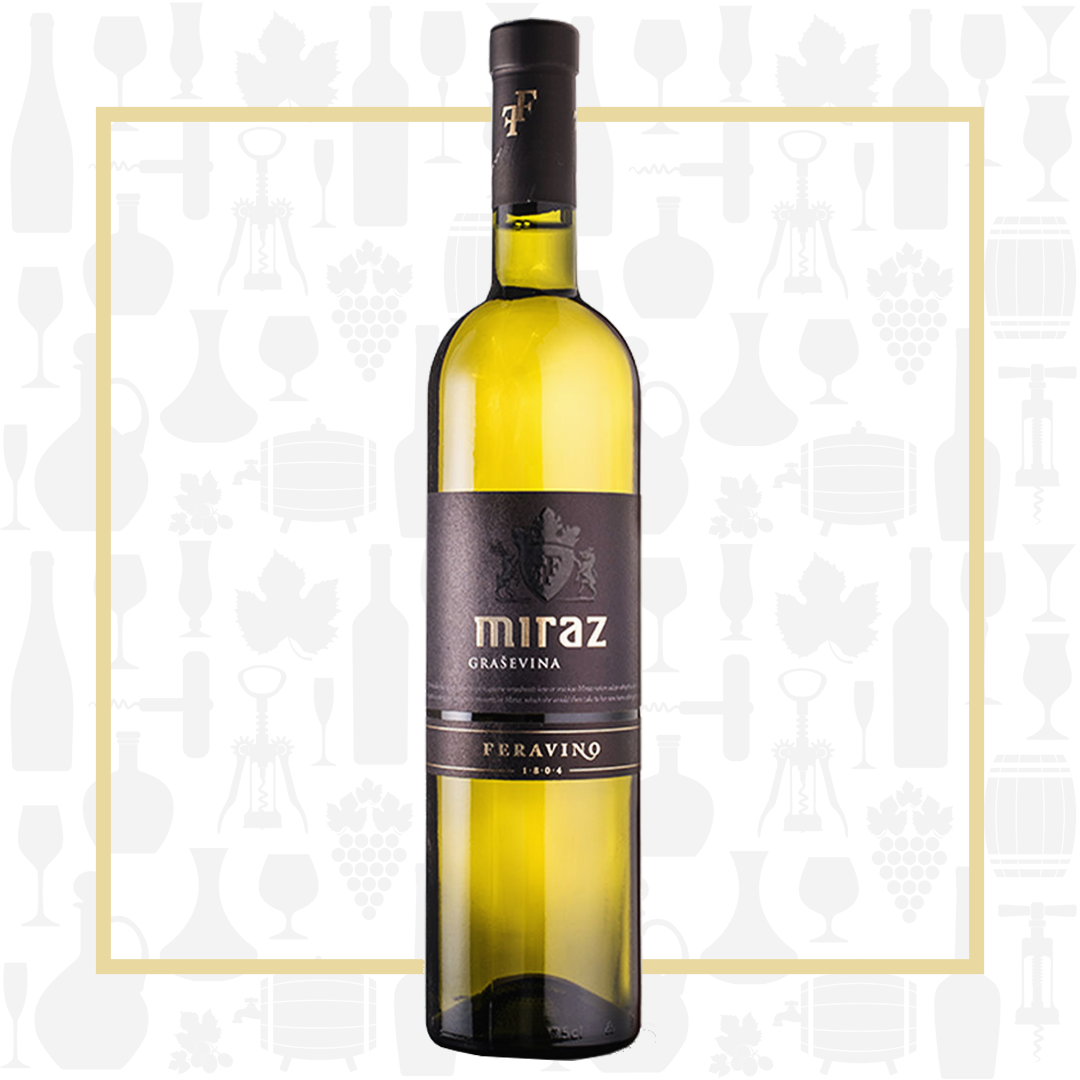Cellar Profile
Feravino was established in the 1700s but these vineyards have been farmed since the 1300s, when the region was put to vine by the Cistercians and Templars. The current cellar was built in 1804 and refurbished in 1996. The vineyards now span 150 hectares, split evenly between white and red grapes with the majority trained via the double Guyot method. The vineyards are uniquely surrounded by forests, a significant moderator for the area’s hot, dry summers. The winery focuses on indigenous Frankovka (Blaufränkisch) and Graševina, varieties that express the winery’s terroir and make full, flavourful and balanced wines. The grapes are all hand-harvested and intervention throughout the winemaking process is kept to a minimum. These wines have modern richness coupled with Old World sensibilities and charm. Part of the larger Osijek-Baranja County, Feričanci is one of Croatia’s smallest wine growing regions. It has a rich agricultural history, with grape-growing having played a prominent role throughout the centuries. The region’s Continental climate and cool soils provide the framework for flavourful, food-friendly wines made for every occasion.
Region
Feričanci municipality is located in the western part of Osijek- Baranja county. The Mur river marks the northern edge of the region until it flows into the Drava, the longest of the Danube’s tributaries.
Vineyard
Feravino currently owns 160 hectares of vines, in three locations: Feričanci (3 km away from the cellar-processing location); Zoljan (12 km away from the cellar-processing location); and Ceremošnjak (24 km away from the cellar processing plant). All of these vineyards are located on the slopes of Krndija and divided into small microlocations separated by woods and other natural barriers.
Winemaking
Manual harvest. This is a careful blend of wine made from both fresh and dried Graševina grapes. The best fresh grapes were cooled, separated from their stems and macerated for 12 hours at 4°C. Fermentation took place in stainless steel tanks at 17°C, followed by maturation on fine yeast sediment for three months without malolactic fermentation. Blended to this was wine made from dried bunches of Graševina that were pressed without stem separation in order to preserve complexity and aromatic stratification. Fermentation of these dried berries was carried out at 18°C, followed by lees maturation for three months in barrels made of Slavonian oak.
Varieties
The everyday wine of Central Europe, Graševina is also known as Welschriesling. It is one of the most popular white wine grapes in Croatia, and is so common that it is widely considered to be indigenous. Graševina is a dry, fresh, aromatic white wine with apple-like notes.
Tasting Notes
The Miraz Graševina is greenish-yellow with golden reflections in the glass. The nose is expressive and fruity with apple and apricot dominance. The palate is full, creamy and complex with a nice balance of alcohol, sweetness and acidity. Green almonds, honey and beeswax notes add to the complexity and lingering finish.

